Mango is known as the King of fruits. Belonging to the Anacardiaceous family, mango is an evergreen tree. Mango is a very important fruit crop for India. India is the largest producer of mango in the world, responsible for 60% of world mango production. The states of Uttar Pradesh, Andhra Pradesh, Kerala, Tamil Nadu, Karnataka and Bihar are the major producers of mango in the country. Mango is also a major export item for India. Indian mangoes are majorly exported to UAE, Kuwait and other middle-eastern countries. Alphonso and Dashehari varieties are in demand in its fresh form.
Climate and Soil
Mango flowering period is susceptible to high humidity, frost or rains. Therefore, site selection should take climatic parameters into consideration. Dry summer and good rainfall is an ideal situation for mango cultivation. But, areas reporting high winds and cyclones should not be used, since it might result in excessive flower and fruit dropping and damage to branches. Mango can be cultivated in a wide range of soils, provided well drained and deep, still slightly acidic soils (pH 5.5 to 7.5) are preferred.
Varieties
The selection of varieties for organic farming should be based on the hardiness and pest/disease tolerance of the crop. This is a crucial preventive strategy for pest and disease management in organic farming. There are many varieties developed over the years for various purposes. Some of the most famous varieties are Alphonso, Neelam, Mulgoa, Banganpalli, Dashehari, Kesar, Bombai, Chausa, and Fazli. Some of the mango hybrids developed are Amrapali, Mallika, Mangeera, Ratna, Arka Puneet and Arka Aruna.
Propagation
Farmers should only procure vegetatively propagated, true to type healthy plants from organically certified nurseries. The plants should be checked for pest or disease attack before buying. Some of the popular methods of propagation in mango are inarching, veneer grafting, side grafting and epicotyl grafting. Stone grafting is the most successful process in mango.
Planting
Deep ploughing followed by harrowing and levelling of the land should be done. The drainage channels should be well planned and constructed. A spacing of 10m x 10m is recommended for dry zones, while 12m x 12m spacing is recommended for heavy rainfall areas. Planting should be done based on square or hexagonal system of planting. Before planting, pits should be filled with a mixture of top soil and 10 kg FYM/ compost per pit. Evening hours are preferable for planting. The planting should not be done too deep. Planting of the grafts should be done with the graft union above ground level. The plant should be immediately irrigated. The first 1-2 years requires provision of shade for the young plants and staking of the grafts when necessary.
We have a book with detailed information on this plant and for more info, please click here…
Both kindle eBook version and Paperback version of this book is available at all Amazon stores. For more info, click here…
Training and Pruning
The main stem should be allowed to branch out and cross over branches removed when young.
Fertilizer Application
Recommended FYM/compost application schedule for organic mango cultivation is given below:
1st to 2nd year – 15kg/plant
3rd to 5th year – 30 kg/plant
6th to 7th year – 50 kg/plant
8th to 10th year – 75 kg/plant
Oil cake (10kg/plant) and green leaves (25kg/plant) can be added to as additional sources. Trench system should be adopted for application of the manures (2.5m – 3m away from base).
Cultural Activities
Continuous irrigation (twice a week) is necessary until the mango trees reach 4-5 years of age. Intercropping with vegetables, black gram, horse gram, pineapple and banana have been proven fruitful. Intercultural activities should be carried out twice a year. Irrigation schedule should be fortnightly after initiation of fruit setting stage of the crop.
Pest Management
Some of the important pests of mango are hoppers, stem borers, shoot midges, leaf feeding insects, fruit flies and mealy bugs. Some of the common pest management practices followed are:
- Phyto-sanitation of the orchard
- Smearing of lime on tree trunks
- Closing up of open wounds on plants with Bordeaux mixture (1%)
- Smoking of orchards during flowering season, helps to control hoppers
- Spray of Pseudomonas fluorescens (10g/lt) before flowering and during flushing helps resistance building in trees
- Spathiphyllum (Peas Lily) can be used as a trap crop
- Burning of rotten and damaged fruits
- Methyl euginol traps (10/ha)
- Spray of neem oil and soap emulsion to control sucking insects
- Spray of 1% soap solution + 1% pure alcohol helps control mealy bugs
Disease Management
The most common diseases are powdery mildew, anthracnose and dieback.
- Phyto-sanitation
- Removal of infected twigs and spray of 1% Bordeaux mixture helps control die back
- Application of 10% Bordeaux paste below infected portion of bark, to control pink disease
- Burning of infected fruits and branches
- Hot water treatment of infected fruits could reduce the fungal growth
- Proper drainage
Harvest and Yield
The harvesting stages of mango depend on its market requirements. Mango plantation becomes viable commercially 4-5 years after planting. The fruit color change from green to red or yellow and changing texture of peel signals maturity for harvest. For long distance markets, mangoes are picked before reaching the extreme ripe stage. Care must be taken to avoid any bruising to the fruits while picking. The harvested fruits are to be treated with hot water followed by 8% plant wax, to reduce anthracnose disease. After this, packing of the fruits is done according to market distance and intention for produce. The yield goes from 30 kg/tree in the 4th year to 100 kg/tree by the 10th year after planting.
We regularly publish informative videos on various “Food, Agriculture, Gardening and Horticulture” topics. You may view these videos here…
You may also check out our Digital Publishing Services for Food, Agriculture, Gardening and Horticulture Sector by visiting this link


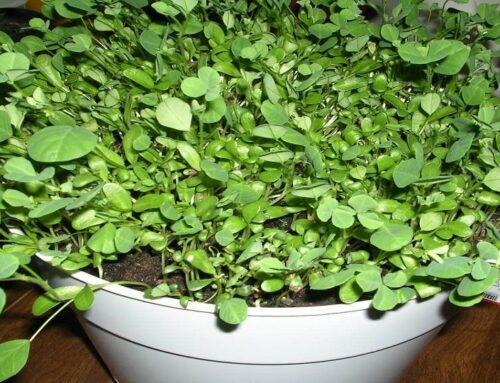
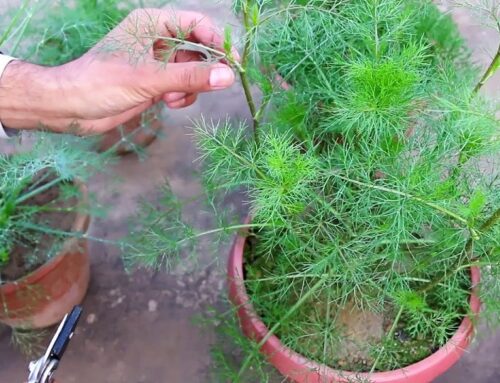
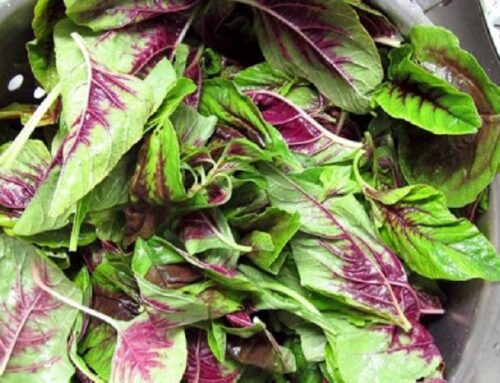
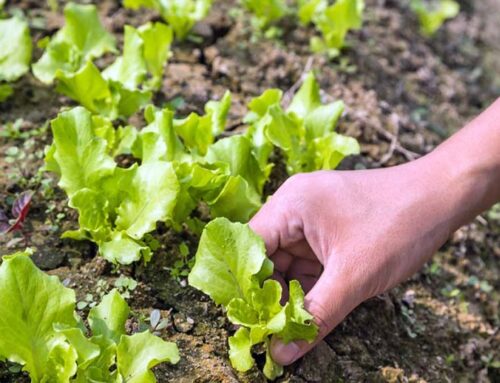
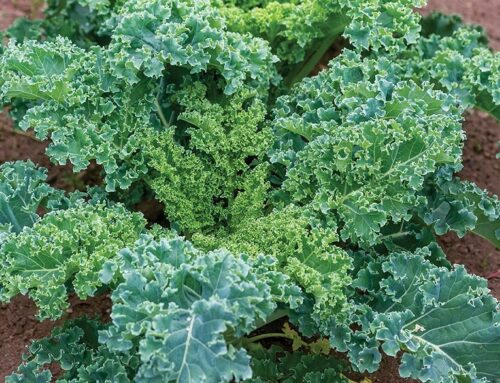
Leave A Comment
You must be logged in to post a comment.